Bridges capture something special that makes even casual travelers stop and pull out their cameras. Whether it’s their ability to span impossible distances or the way they frame landscapes like natural picture windows, these structures do more than connect places — they create unforgettable moments worth preserving.
Here is a list of 19 bridges that’ve earned their status as the world’s most camera-worthy spans.
Golden Gate Bridge
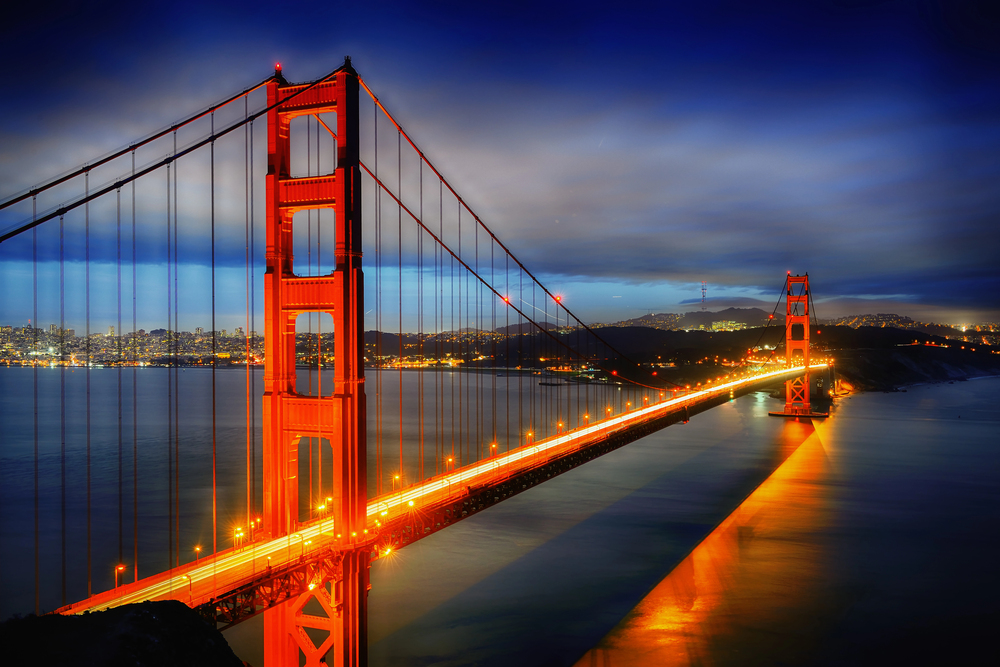
San Francisco’s legendary red-orange towers emerge from fog banks like something straight out of a filmmaker’s dream. This 1.7-mile span crosses the Golden Gate strait while its Art Deco towers soar 746 feet above the water. The bridge’s photogenic appeal goes beyond that distinctive International Orange color, though — it’s how the structure plays with San Francisco’s unpredictable weather patterns. Fog can transform a sunny afternoon shot into something mysteriously dramatic within minutes. Photographers love the walkways because they offer everything from classic tourist angles to creative perspectives that show the bridge’s relationship with Marin County’s hills.
Tower Bridge
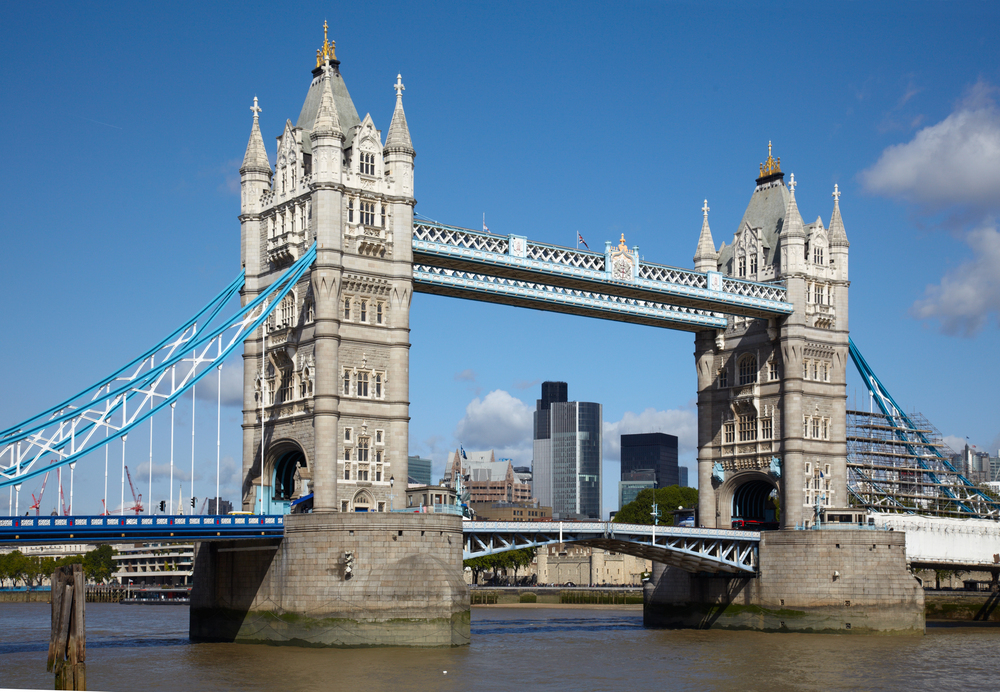
Victorian engineering meets Gothic fantasy in London’s Tower Bridge, creating a structure that looks like it belongs in a storybook yet handles modern river traffic daily. The twin towers rise majestically from the Thames, connected by high-level walkways that give the bridge its unmistakable profile. Built back in 1894, this bascule bridge still opens for passing ships, giving photographers lucky enough to catch it in action some truly unique shots. Time of day matters here: golden hour brings out intricate stonework details, while nighttime illumination makes the Thames shimmer below like liquid gold.
Brooklyn Bridge
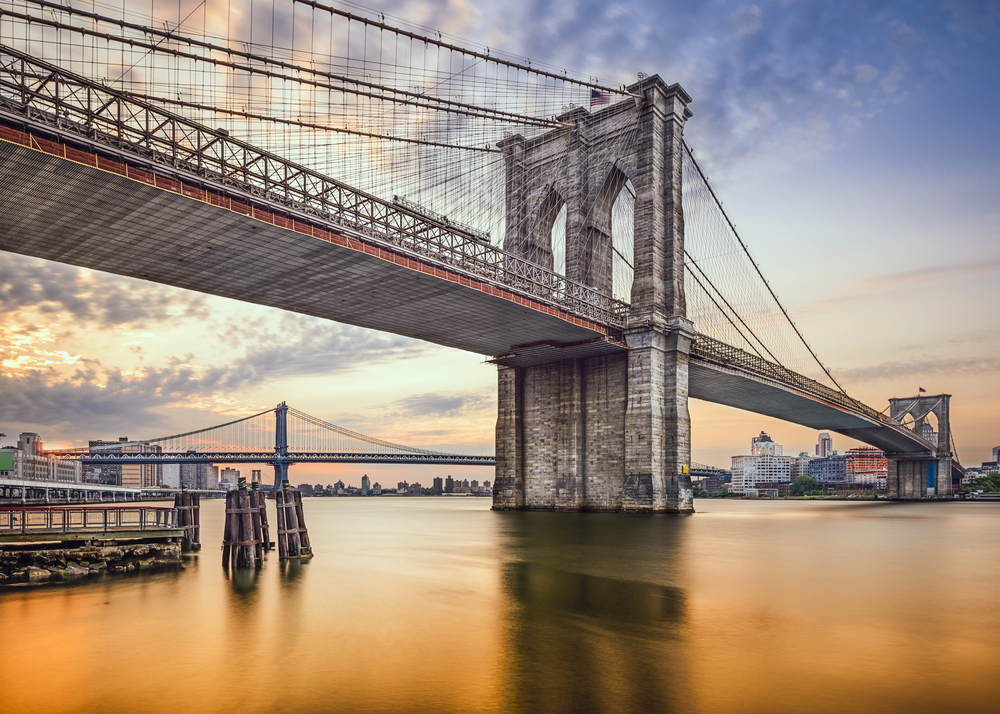
New York’s Brooklyn Bridge has been photogenic since 1883, and its Gothic Revival towers still command attention against Manhattan’s ever-changing skyline. Those famous cables create natural leading lines that draw viewers’ eyes straight toward the Financial District’s towering glass and steel. The elevated pedestrian promenade offers unobstructed views perfect for wide shots that capture both architectural history and urban evolution. There’s something compelling about how the bridge’s weathered stone contrasts with those gleaming modern skyscrapers. It’s like photographing different centuries in the same frame.
Ponte Vecchio
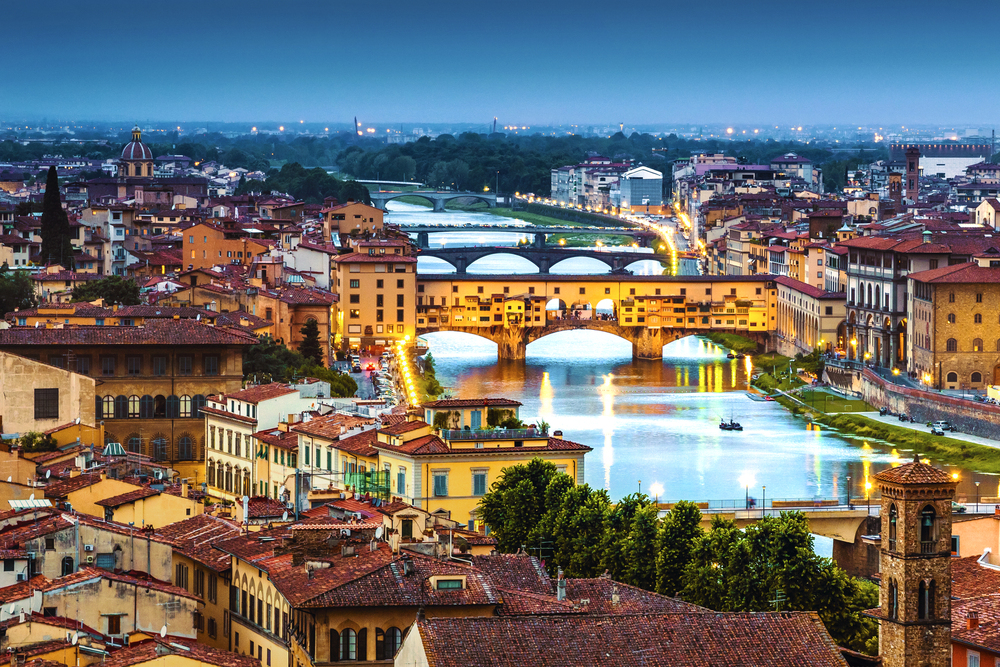
Florence’s Ponte Vecchio looks like medieval architects decided to build an entire street across the Arno River. Dating from the 14th century, this bridge supports jewelry shops built directly into its structure, creating an architectural profile you won’t find anywhere else. Tuscan light bounces off the water below, providing ideal conditions for those warm, golden photographs that make travel magazines so appealing. The bridge doesn’t just photograph well on its own, though it blends seamlessly with Florence’s Renaissance architecture, letting you capture centuries of Italian craftsmanship in single shots.
Sydney Harbour Bridge
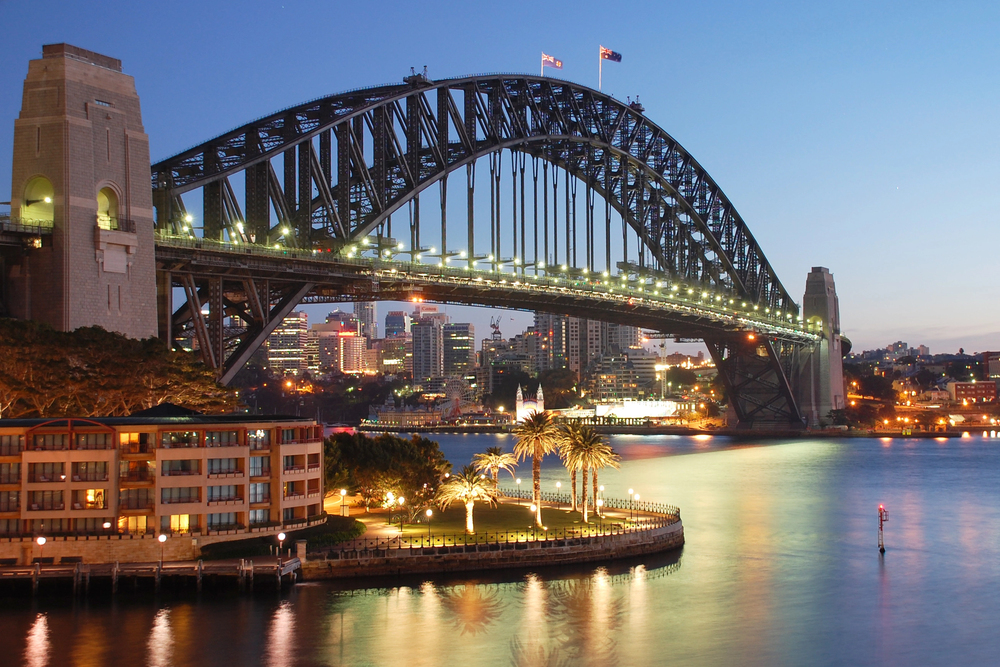
Australia’s massive ‘Coathanger’ dominates Sydney’s harbor, its steel arch spanning 1,650 feet of brilliant blue water. Scale becomes obvious when you photograph it alongside the Opera House. These two icons create one of the planet’s most recognizable urban landscapes. Multiple vantage points give photographers options: harbor-level shots emphasize the engineering achievement, while elevated perspectives show how it connects bustling city districts. That gray steel against Sydney’s bright skies and water creates natural color combinations that make every photo vibrant without any filter tricks.
Rialto Bridge
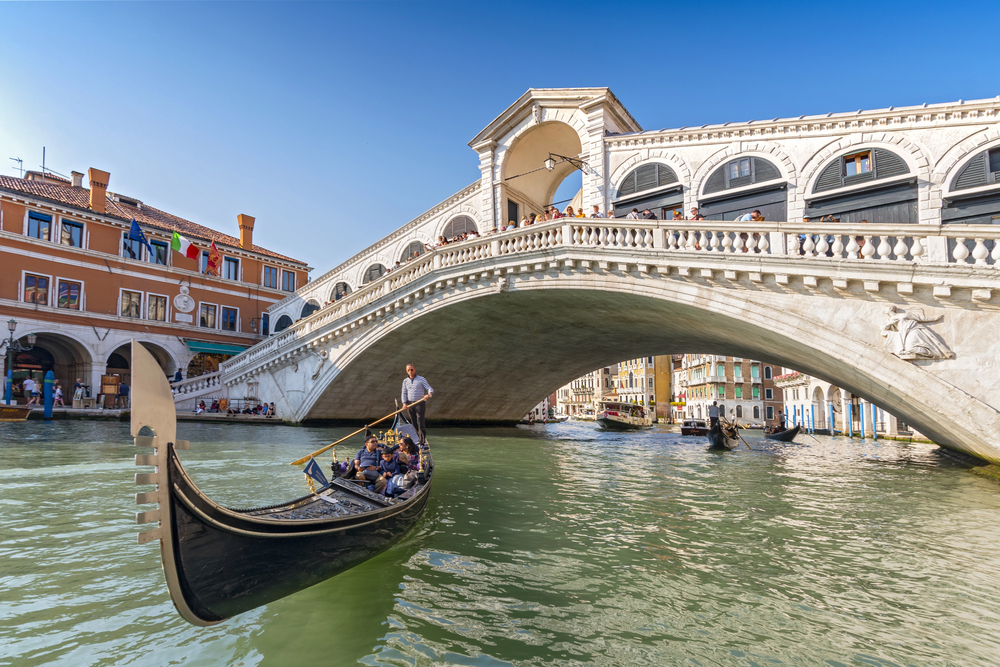
DepositPhotos
Venice’s most celebrated bridge arches over the Grand Canal like an elegant piece of carved marble jewelry. This 1591 masterpiece features a single-span design that creates perfect mirror reflections in the canal, especially during quiet morning hours before water traffic picks up. Built-in shops and restaurants add visual layers that give photographers plenty of interesting details to work with. The bridge captures Venice’s essence beautifully: gondolas gliding beneath while ancient palazzos line the waterway, creating scenes that could’ve been painted by Renaissance masters.
Charles Bridge
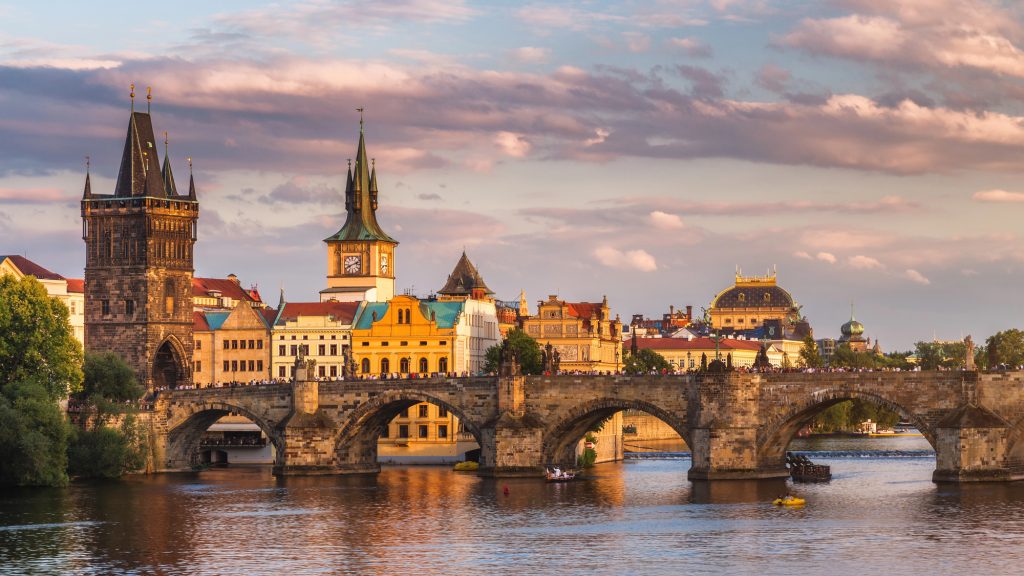
Prague’s Charles Bridge becomes a photographer’s paradise at sunrise when river mist rises from the Vltava below. This 14th-century stone crossing stretches over 1,600 feet and features 30 baroque statues that form dramatic silhouettes against dawn skies. Connecting Old Town with the Castle district, it offers views of some of Europe’s finest Gothic and baroque architecture. Cobblestone surfaces and historic lampposts add texture to wide shots, while individual statues provide compelling subjects for detailed compositions that showcase the bridge’s artistic heritage.
Millau Viaduct
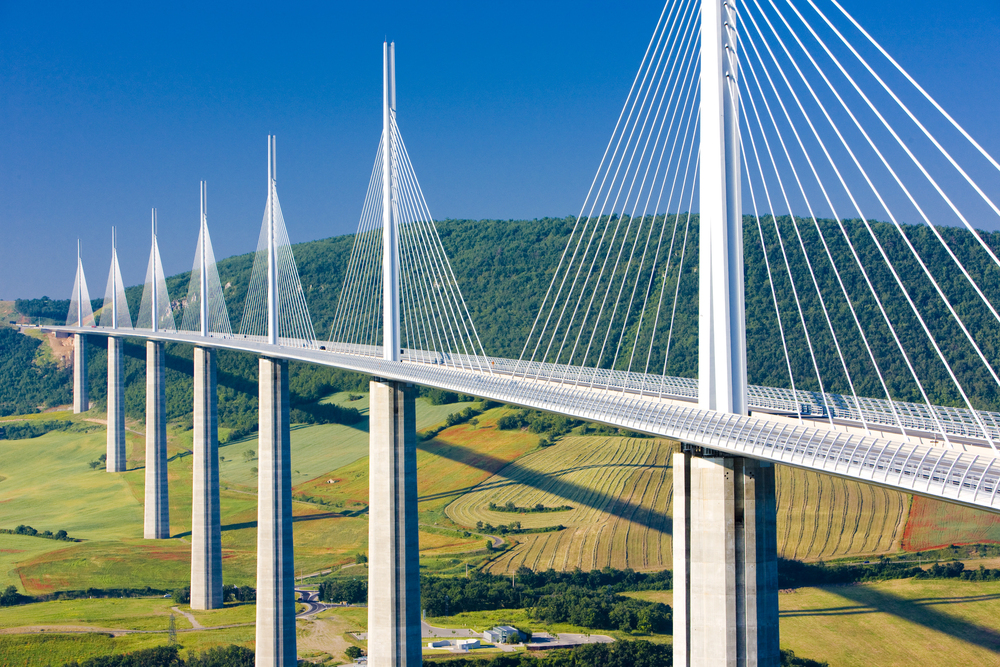
France’s Millau Viaduct soars 890 feet above the Tarn Valley, making it taller than the Eiffel Tower and creating one of modern engineering’s most dramatic achievements. Seven concrete pylons support this cable-stayed design, forming clean geometric lines that photograph beautifully against rolling French countryside. The bridge seems to float when morning fog settles in the valley leaving just the roadway visible above a sea of white. It’s fascinating how this ultra-modern structure works in harmony with ancient landscapes, creating images that showcase humanity’s ability to enhance rather than dominate natural beauty.
Akashi Kaikyo Bridge
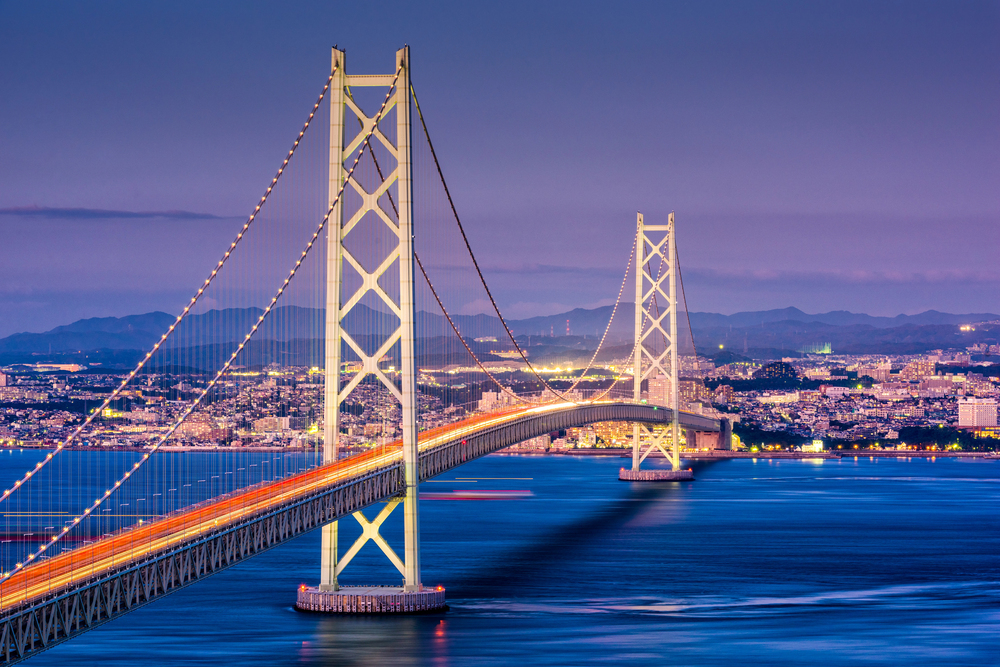
Japan’s record-holding suspension bridge stretches 6,532 feet across Osaka Bay—a main span that’s hard to comprehend until you see it firsthand. Those 928-foot towers rising from the water create a sense of scale that’s almost overwhelming. The bridge photographs exceptionally well during cherry blossom season when surrounding hills provide colorful foreground elements that complement the structure’s precise engineering. There’s something uniquely Japanese about how this technical marvel fits so gracefully into the Inland Sea’s natural beauty.
Bixby Creek Bridge
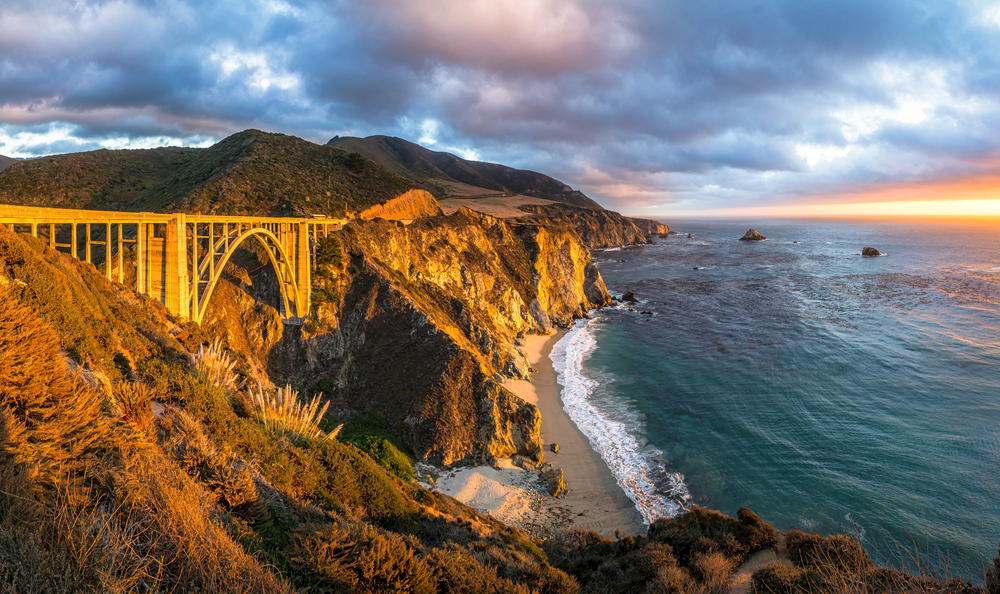
Big Sur’s famous concrete arch curves 260 feet above rocky Bixby Creek, creating one of America’s most scenic highway experiences. The bridge blends naturally with California’s rugged coastline looking more like part of the landscape than an addition to it. Photographers get the perfect combination here: endless Pacific views to the west, Santa Lucia Mountains rising sharply eastward. Coastal fog adds drama throughout the day, rolling in from the ocean to create moody shots that capture central California’s wild character.
Tsing Ma Bridge
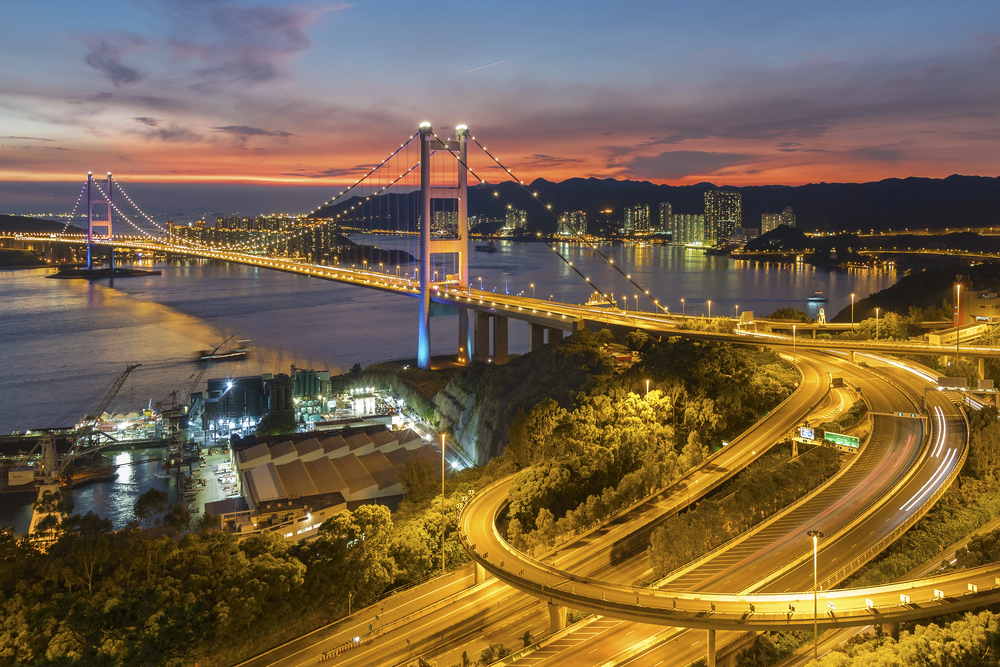
Hong Kong’s Tsing Ma Bridge brings together impressive scale with urban sophistication, creating stunning photographs whether captured in daylight or after dark. This suspension bridge spans 4,518 feet, connecting Hong Kong Island to the international airport while making an architectural statement about the city’s ambitions. Those 676-foot towers provide dramatic scale against Hong Kong’s famous dense skyline. The bridge really shines during the city’s nightly harbor light show, becoming part of an illumination display that turns the structure into ribbons of light against dark water during long-exposure shots.
Banpo Rainbow Bridge
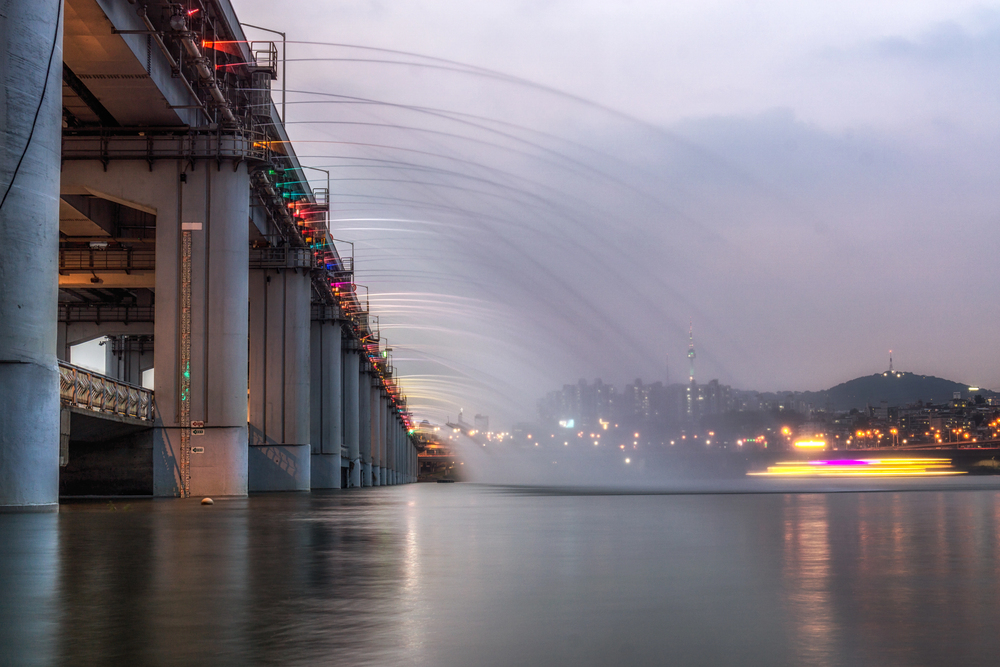
Seoul’s innovative Banpo Rainbow Bridge features the world’s longest bridge fountain, with synchronized water jets and colored lights creating nightly entertainment on the Han River. During daylight hours, it functions as a regular crossing, yet after sunset, it transforms into something resembling a liquid light show. The fountain operates from April through October, shooting water up to 140 feet from both sides while LED systems create rainbow patterns in the spray. This bridge proves that infrastructure can be both practical and artistic, capturing Seoul’s reputation for blending functionality with creative expression.
Chapel Bridge
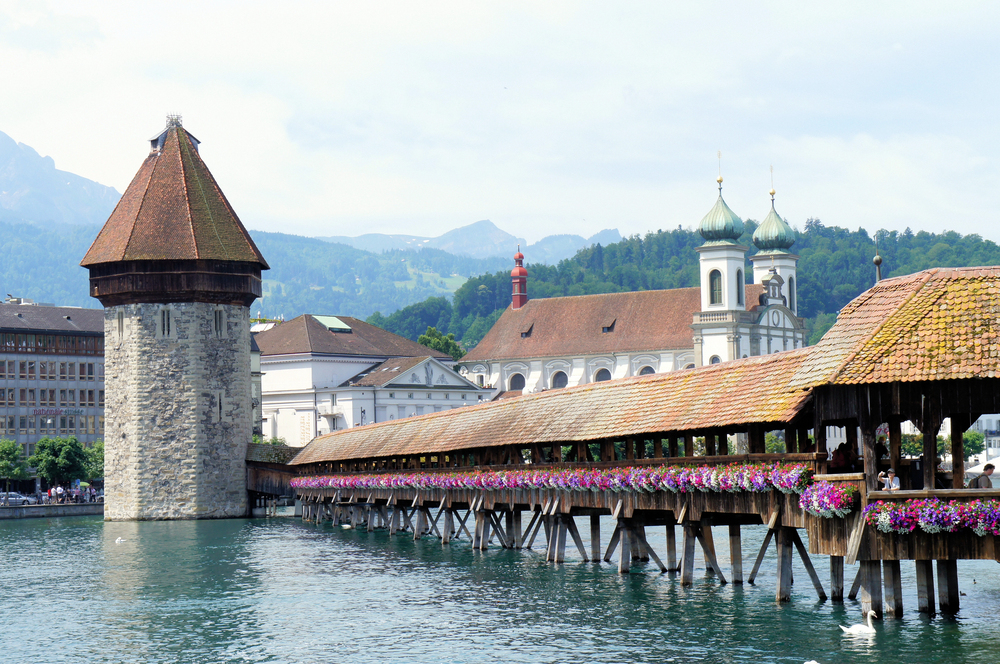
Lucerne’s Chapel Bridge dates to 1333 and showcases triangular paintings that chronicle the city’s history along its covered wooden walkway. Stretching 670 feet across the Reuss River, it includes that distinctive octagonal Water Tower that once formed part of medieval fortifications. Red geraniums and weathered wood create a fairy-tale appearance that photographs beautifully with Lake Lucerne and the Swiss Alps providing a backdrop. The bridge maintains its medieval character while serving contemporary pedestrians, offering shots that seem to transport viewers back centuries, while snow-capped peaks provide timeless natural framing.
Øresund Bridge
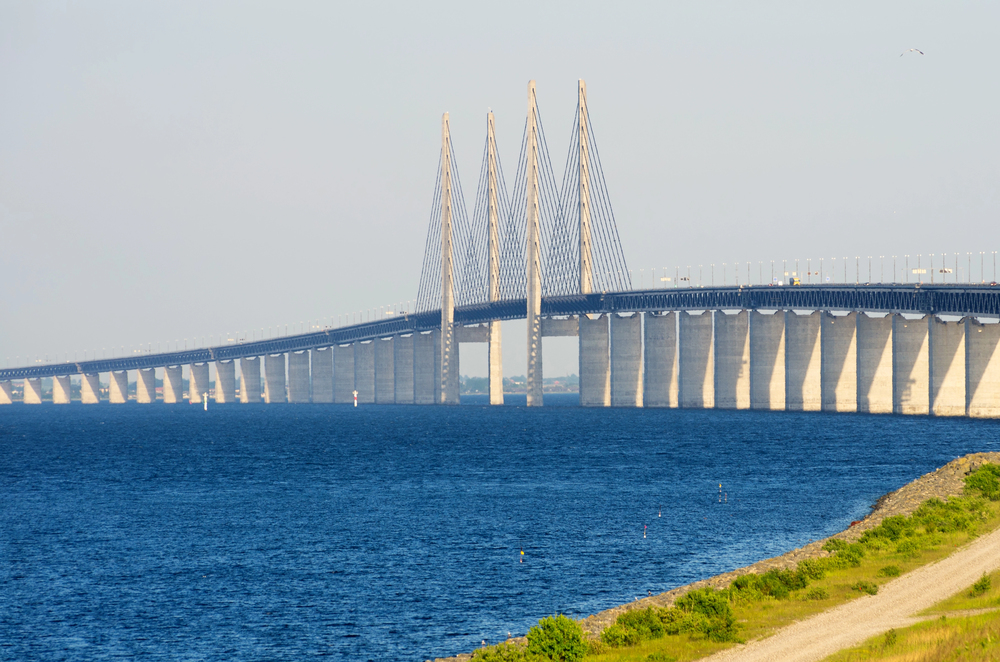
Denmark and Sweden connect via the remarkable Øresund Bridge, which combines bridge and tunnel engineering to create unique photographic opportunities. The bridge portion covers 5 miles across the Øresund Strait before disappearing into an artificial island where traffic continues underwater. This engineering achievement is photographed dramatically from both countries, particularly during blue hour when the bridge lighting creates reflections on calm waters between Copenhagen and Malmö. The cable-stayed design and clean Scandinavian aesthetics make it perfect for minimalist photography that emphasizes geometric precision against expansive Nordic skies.
Pont du Gard
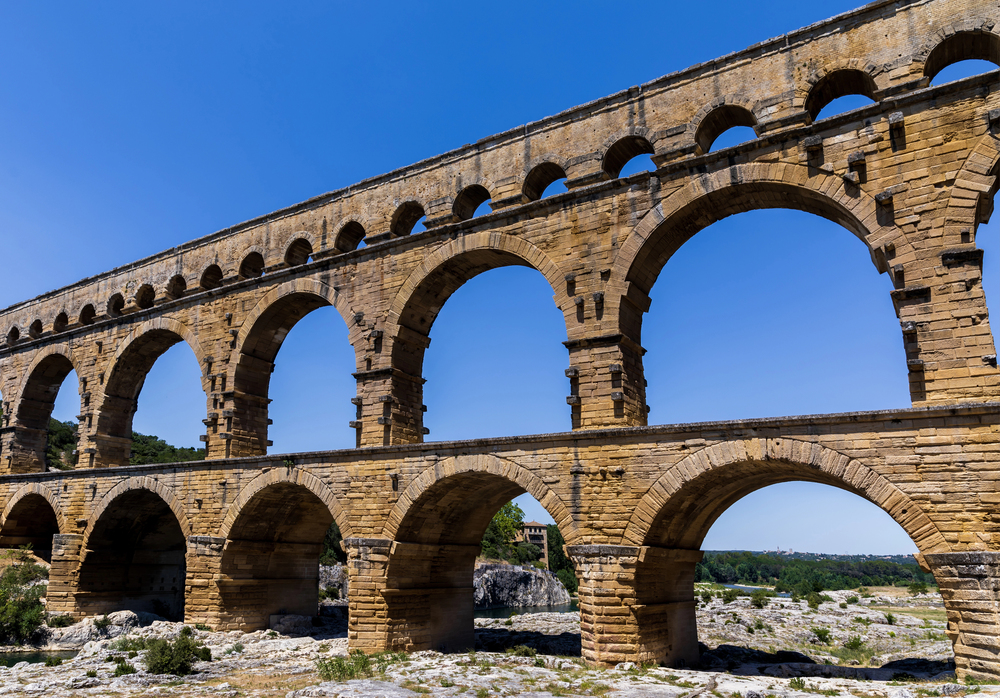
Nearly 2,000 years after construction, France’s Pont du Gard still represents Roman engineering at its absolute finest. Three tiers of arches rise 160 feet above the Gardon River, stretching 900 feet across the valley in one of antiquity’s most impressive surviving examples. Those honey-colored limestone blocks fit together without mortar, creating subtle texture variations that photograph beautifully in warm Mediterranean light. The bridge demonstrates how great design transcends time — empires have risen and fallen, yet this structure continues inspiring photographers with its perfect proportions and masterful landscape integration.
Helix Bridge
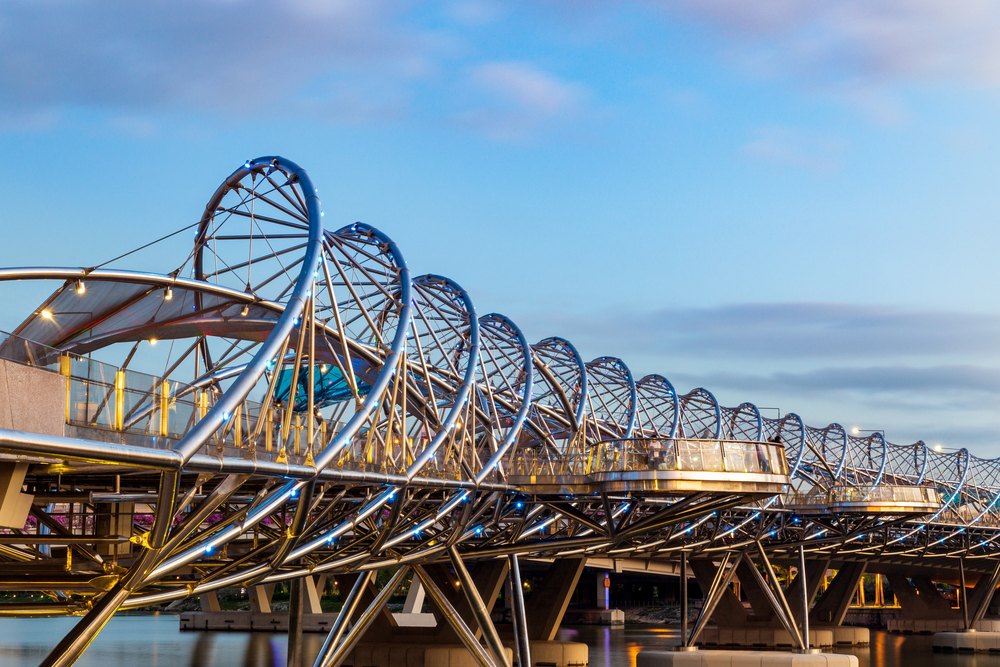
Singapore’s futuristic Helix Bridge takes inspiration from DNA structure, creating a double-helix pedestrian crossing that connects Marina Bay districts. Stainless steel framework forms a tunnel-like walkway illuminated by LED systems after dark, giving it an appearance that reflects Singapore’s status as a cutting-edge city-state. The 920-foot structure offers spectacular views of the skyline and iconic Marina Bay Sands hotel. Those organic curves contrast beautifully with the surrounding financial district’s angular architecture, creating compositions that highlight Singapore’s blend of natural inspiration and urban sophistication.
Chengyang Bridge
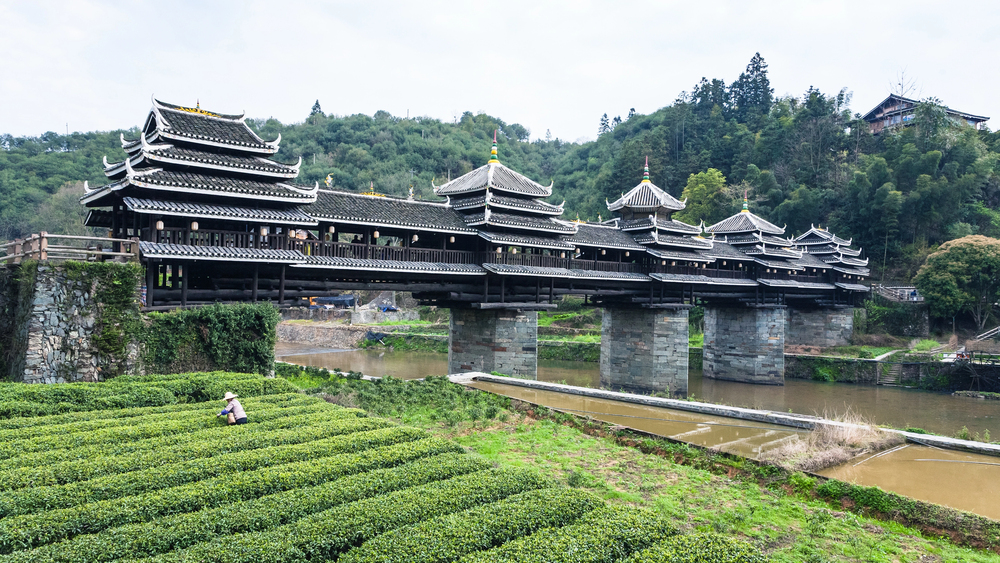
Traditional Dong architecture comes alive in China’s remarkable Chengyang Bridge, with its covered walkway and pagoda-style roofs providing shelter while serving as a community gathering place. Built entirely from wood without using a single nail, it demonstrates construction techniques passed down through generations of Chinese craftsmen. The bridge spans 400 feet across the Linxi River, featuring five pagoda towers that create distinctive silhouettes against surrounding rice terraces and mountains. It harmonizes perfectly with the rural landscape. Weathered wood and traditional rooflines seem to grow naturally from Guangxi Province’s misty valleys.
Si-o-se-pol Bridge

Isfahan’s Si-o-se-pol Bridge showcases 33 arches that create rhythmic patterns perfect for architectural photography. Built during the Safavid dynasty in 1602, this 980-foot crossing serves as both river passage and social gathering place where locals enjoy evening tea and conversation. Two levels offer different photographic perspectives: the upper level provides city and mountain views, while the lower level creates intimate spaces where light and shadow play across ancient stonework. The bridge functions as living architecture, continuing to serve its community exactly as builders intended over four centuries ago.
Stari Most
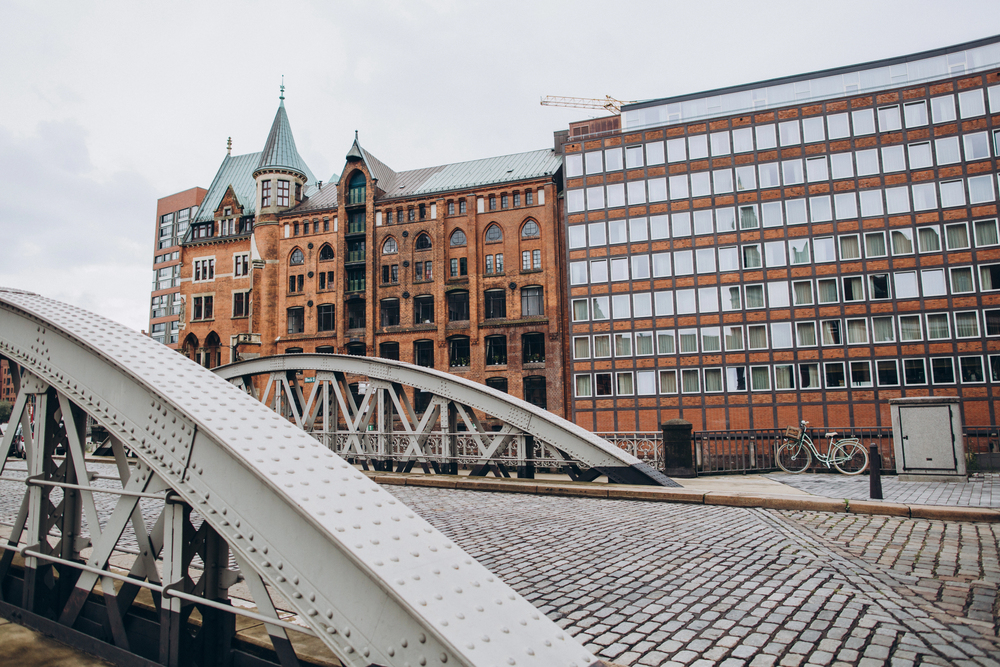
Mostar’s Stari Most tells a story of resilience with every photograph, having been painstakingly reconstructed after wartime destruction in the 1990s. This 16th-century Ottoman bridge features a single graceful arch spanning 95 feet across the Neretva River, connecting historic districts with a curve that seems to defy gravity. Pale limestone construction creates beautiful contrast with the emerald river below and red-tile roofs of surrounding medieval buildings. Every image captures more than architectural beauty. It represents human determination to preserve cultural heritage for future generations.
Living Bridges Today
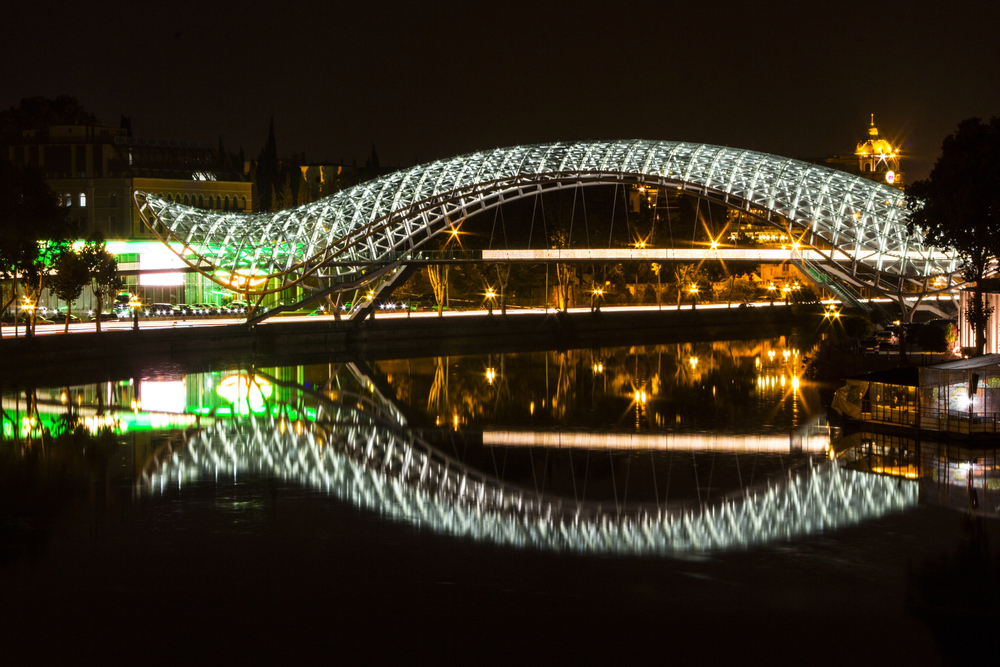
These extraordinary spans continue evolving as photographic subjects, adapting to new technologies while maintaining their timeless visual appeal. Modern camera equipment and social media have introduced these bridges to global audiences in ways their builders never imagined possible. Many structures now feature enhanced lighting systems and dedicated viewing platforms designed specifically to improve the photographic experience, recognizing that tourism and documentation have become vital aspects of their cultural significance.
The same bridges that captivated travelers through painted postcards a century ago now inspire millions of digital images shared instantly worldwide. Whether captured with professional equipment or smartphones, these photogenic spans prove that exceptional architecture transcends both time and technology, creating beauty that each generation rediscovers through fresh eyes.
More from Travel Pug

- 20 Best Beach Towns in the Carolinas
- 13 Destinations Where Tourists Regularly Regret Their Trip
- 20 Things You Actually Get in First Class
- 20 Small Airports With Aviation Museums
- 20 Places in the U.S. That Are Perfect for a Reset Trip
Like Travel Pug’s content? Follow us on MSN.
